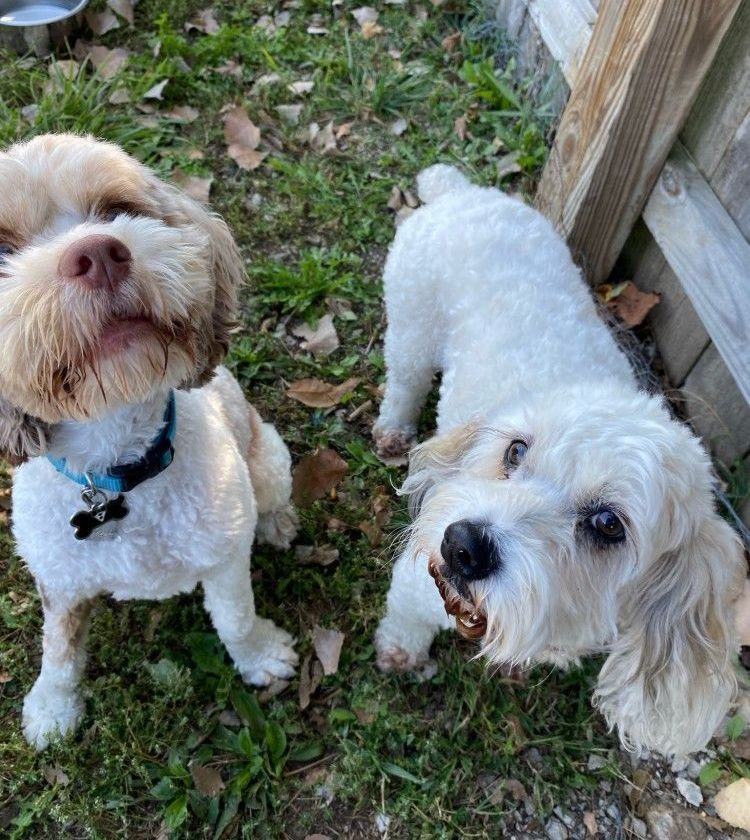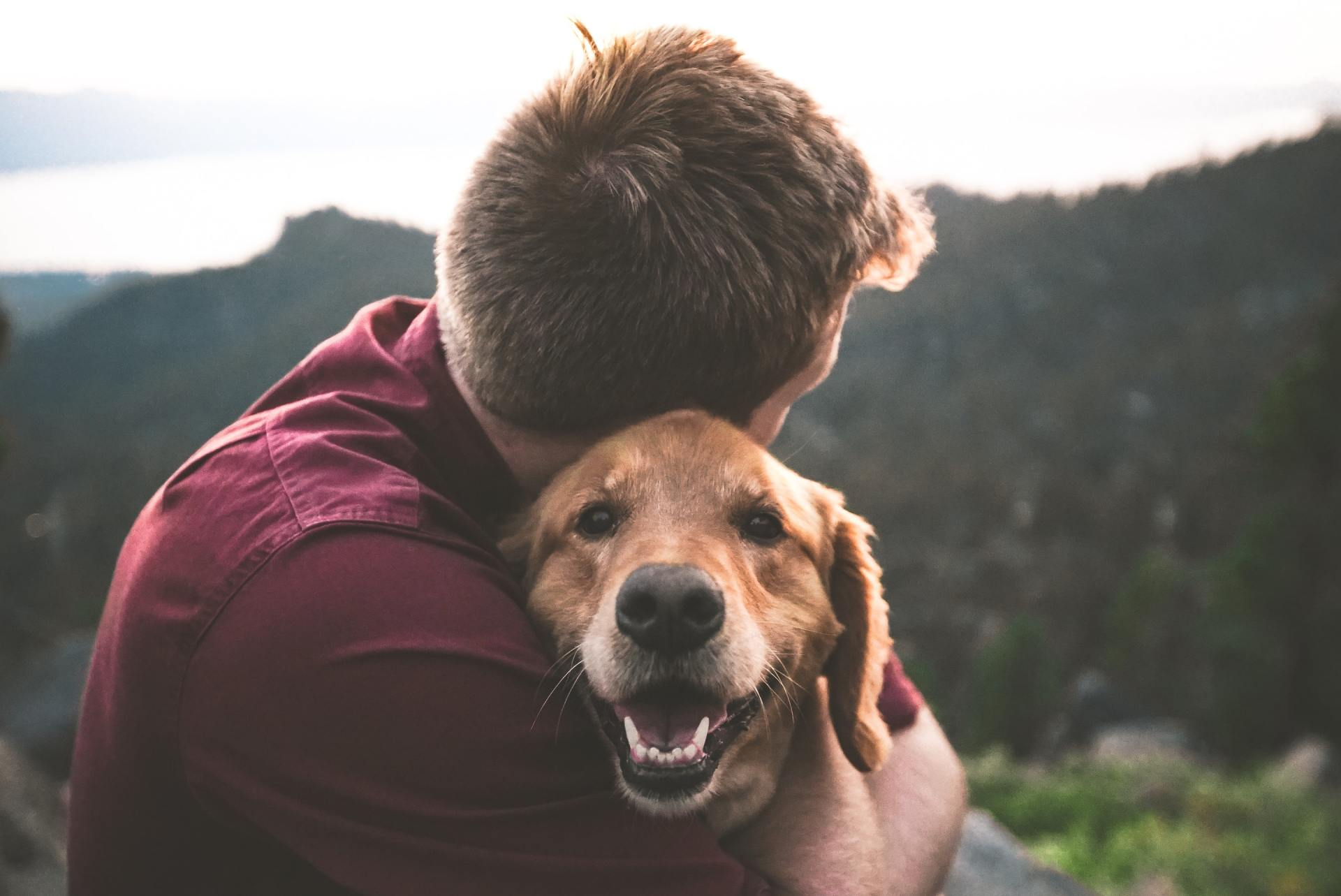The Unsung Heroes of Doggie Daycare
The Unsung Heroes of Doggie Daycare: Handling Difficult Dogs with Care and Expertise

Doggie daycare attendants are the unsung heroes of the pet care industry. Every day, they manage an unpredictable mix of personalities, energy levels, and behavioral quirks, all while ensuring a safe and enjoyable environment for every pup in their care. While most dogs thrive in the daycare setting, some present unique challenges due to behavioral issues such as aggression, anxiety, excessive barking, or destructive tendencies. So, how do doggie daycare workers handle these difficult cases while keeping their facilities running smoothly? Let’s take a closer look.
Understanding Canine Behavior
One of the key skills that every doggie daycare attendant must develop is a deep understanding of canine behavior. Dogs communicate through body language, vocalizations, and subtle cues, and recognizing early warning signs of stress or aggression can prevent conflicts before they escalate. Workers are trained to observe behaviors such as stiff posture, growling, excessive licking, or avoidance, which may indicate discomfort or brewing tension, but ARE NOT professional trainers.
Establishing a Safe and Structured Environment
A well-run daycare operates with a set of structured routines and clear rules to help dogs feel secure and engaged. Here are some strategies workers use to maintain order and prevent bad behavior:
1. Proper Introduction and Grouping
Not every dog is a perfect fit for a large playgroup. To prevent behavioral issues, daycare attendants carefully assess new dogs before integrating them into the pack. We call this "temperament testing". Dogs are grouped based on temperament, play style, and energy level to avoid unnecessary conflicts.
2. Positive Reinforcement and Redirection
Instead of punishing bad behavior, experienced daycare attendants use positive reinforcement to encourage good behavior. A dog that jumps excessively might be redirected toward a more appropriate activity, like playing with a toy, while calm behavior is rewarded with treats or praise.
3. Consistent Training and Commands
Daycare attendants often use basic obedience commands such as “sit,” “stay,” or “leave it” to maintain control and guide dogs toward appropriate behavior. Consistency is key—using the same cues and reinforcing positive actions help dogs understand expectations.
4. Breaks and Cool-Down Time
Just like humans, dogs can become overstimulated. When a dog exhibits signs of stress or hyperactivity, daycare staff may remove them from the playgroup for a short break. This helps prevent outbursts and allows the dog to reset before rejoining the group.
5. Identifying Triggers and Modifying the Environment
Certain behaviors arise from specific triggers, such as food aggression, fear of loud noises, or dislike of certain dog personalities. By identifying these triggers, attendants can modify the daycare environment to minimize stress and create a more harmonious space.
Dealing with Aggressive or Anxious Dogs
Some dogs may struggle with aggression or severe anxiety, making their daycare experience more challenging. In these cases, daycare workers take additional precautions, such as:
- One-on-one Playtime – Dogs who struggle in a group setting may receive individualized care to ensure they still get exercise and enrichment without causing conflicts.
- Communication with Owners – Transparency is key when dealing with difficult behavior. Workers communicate regularly with pet owners, offering feedback and suggestions for training or behavioral support at home.
- Referral to a Trainer or Behaviorist – If a dog’s behavior poses a risk to itself or others, daycare attendants may recommend professional training or behavior modification programs before allowing the dog to return.
The Rewarding Side of the Job
Despite the challenges, working in a doggie daycare is incredibly rewarding. Watching a once-anxious dog build confidence, or seeing an aggressive pup learn to play nicely, makes all the effort worthwhile. With patience, skill, and plenty of love, doggie daycare attendants play an essential role in helping dogs become well-socialized and happy companions.
Doggie daycare, although not for every pup, is more than just a play zone—it’s a structured, engaging, and dynamic environment where dogs learn and grow. And behind every wagging tail, there’s a dedicated daycare attendant making it all happen.




